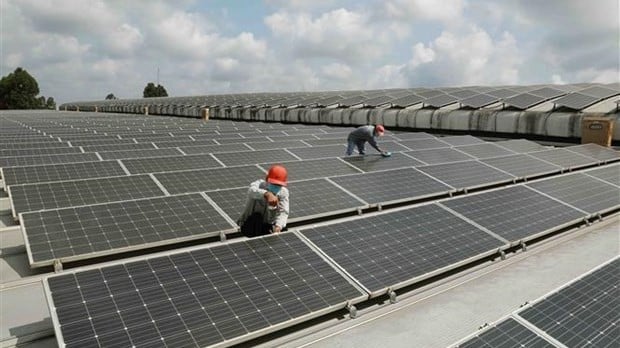
Large-capacity battery energy storage systems (Battery Energy Storage System - BESS) are currently an effective and sustainable solution, especially for renewable energy sources from wind, sun, ocean... Vietnam has great potential for exploiting renewable energy.
According to a report by the Vietnam Electricity Group, up to now, the whole country has only exploited about 22,000 MW from this energy source, accounting for more than 20% of the total national electricity source. In the National Power Development Plan for the period 2021-2030, with a vision to 2050 (Power Plan VIII), the target is that by 2030, renewable energy sources will reach 47% and by 2050, about 70% of the country's total power generation capacity. From 2050, emissions from power generation will be controlled at about 27 to 31 million tons/year.
In addition to large-capacity battery storage for power generation purposes, renewable energy is also used to store energy in production; replacing and supplementing traditional power sources, especially during peak hours. In the near future, energy storage battery systems will be a necessary and effective solution for the renewable energy industry, especially in the context of the rapid development of pure electric vehicles as many countries (including Vietnam) resolutely implement their commitments to reduce greenhouse gas emissions, combat and gradually eliminate activities that pollute the environment.
Worldwide , according to the International Renewable Energy Agency (IRENA), the annual capacity addition of energy storage batteries has increased from 0.1GWh (in 2010) to nearly 100GWh (in 2023). The cost of electricity storage projects has also decreased by nearly 90% compared to 15 years ago.
In Asia, India is one of the countries with a very high rate of renewable energy use and energy storage battery systems. The Indian government requires renewable energy projects to have a battery storage plan with a minimum capacity of 10% of the project's capacity. The country's goal is to achieve 500,000 MW of renewable energy output by 2030, while improving grid reliability. In China, dozens of industrial parks have also appeared that use entirely renewable energy. To operate effectively, they have huge energy storage battery systems...
In Vietnam, the energy storage battery system has the opportunity to participate in the charging station system with a total investment of nearly 40 billion USD by 2050, according to data published by the World Bank (WB) based on the target of reducing 226 million tons of CO2 in our country. Research by many renewable energy experts shows that the energy storage battery system plays an important role in integrating renewable energy, contributing to stabilizing the grid, enhancing grid automation, saving during peak hours, and providing backup power.
In particular, the energy storage battery system contributes to reducing greenhouse gas emissions from the operations of large-scale, high-emission factories, reducing the load on the operations of traditional power plants. The energy storage battery system is also an energy solution for the electric vehicle battery manufacturing industry.
Studies also point out some limitations from the use of energy storage battery systems, such as: Significantly increasing costs due to high investment levels; complex management and maintenance, and legal issues. The reason is that factories operating energy storage battery systems need to be built near power plants, and most wind and solar power plants are often built in locations with difficult traffic.
There are also concerns about battery quality and lifespan, environmental risks and operational losses, especially the shortcomings in connecting to the national grid, making investors hesitant about battery storage systems. However, battery storage systems have emerged as one of the feasible solutions for the green energy industry today, especially in the context of renewable energy sources not finding a "common voice" with traditional energy when connecting to the national grid.
According to renewable energy expert, Dr. Du Van Toan, these are challenges for the operation of the power system due to the unstable nature, weather dependence, and lack of rotational inertia of renewable energy. These challenges increase the risk of grid instability due to reduced rotational inertia, increased frequency of system disturbances; increased operating reserve ratio to stabilize frequency and ensure short-term power supply. In addition, there are also conflicts in mobilizing and regulating traditional power sources and renewable energy as well as investing in infrastructure to upgrade the grid system, ensuring operational safety...
Thus, according to Dr. Du Van Toan, in order to "liberate" energy sources for the development of energy storage battery systems, it is necessary to perfect the legal system, helping energy storage battery systems to "integrate" green energy sources into the national grid. Up to now, in addition to the plan stipulated in the Power Plan VIII, which is a project with a total capacity of 300MW (by 2030), energy storage batteries do not have a full legal corridor for implementation. Specifically: Technical requirements for connection to the national grid; no policy framework, including regulations on the ancillary service market, price mechanism; no unified standards on construction and electricity for energy storage batteries. Meanwhile, the need for synchronous and modern infrastructure is also an obstacle...
Thus, the current issue for energy storage batteries is recognition and protection by the legal system as well as creating incentive mechanisms to encourage investors in this field.
Source: https://nhandan.vn/hoan-thien-phap-ly-cho-pin-luu-tru-nang-luong-post914712.html




![[Photo] Discover unique experiences at the first World Cultural Festival](https://vphoto.vietnam.vn/thumb/1200x675/vietnam/resource/IMAGE/2025/10/11/1760198064937_le-hoi-van-hoa-4199-3623-jpg.webp)





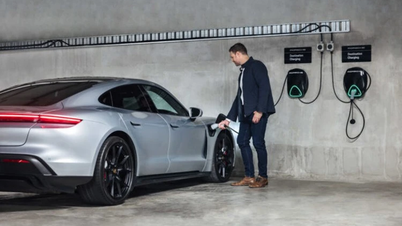


















![[Photo] General Secretary attends the parade to celebrate the 80th anniversary of the founding of the Korean Workers' Party](https://vphoto.vietnam.vn/thumb/1200x675/vietnam/resource/IMAGE/2025/10/11/1760150039564_vna-potal-tong-bi-thu-du-le-duyet-binh-ky-niem-80-nam-thanh-lap-dang-lao-dong-trieu-tien-8331994-jpg.webp)



























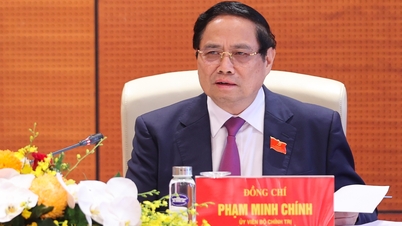


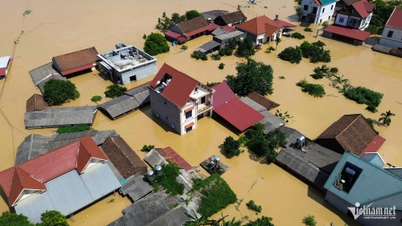

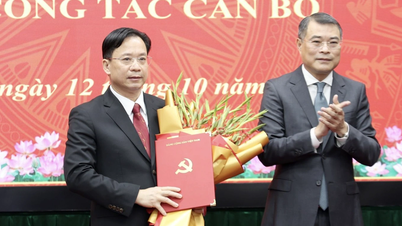

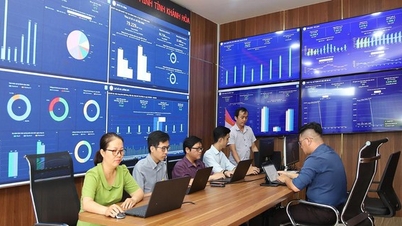

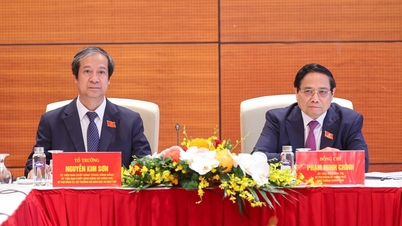


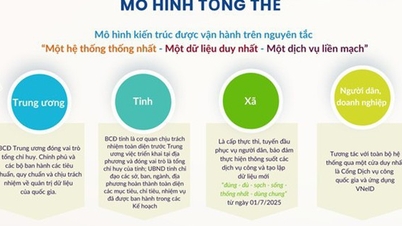
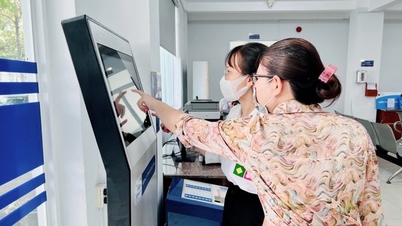
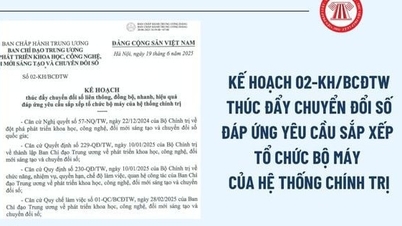
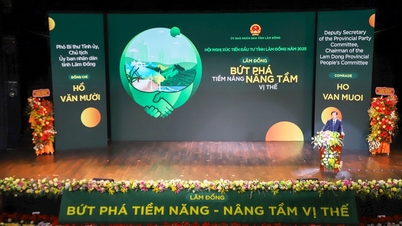

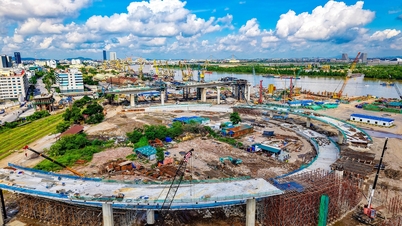





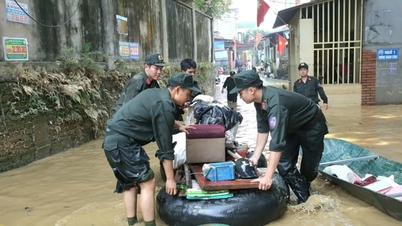














Comment (0)